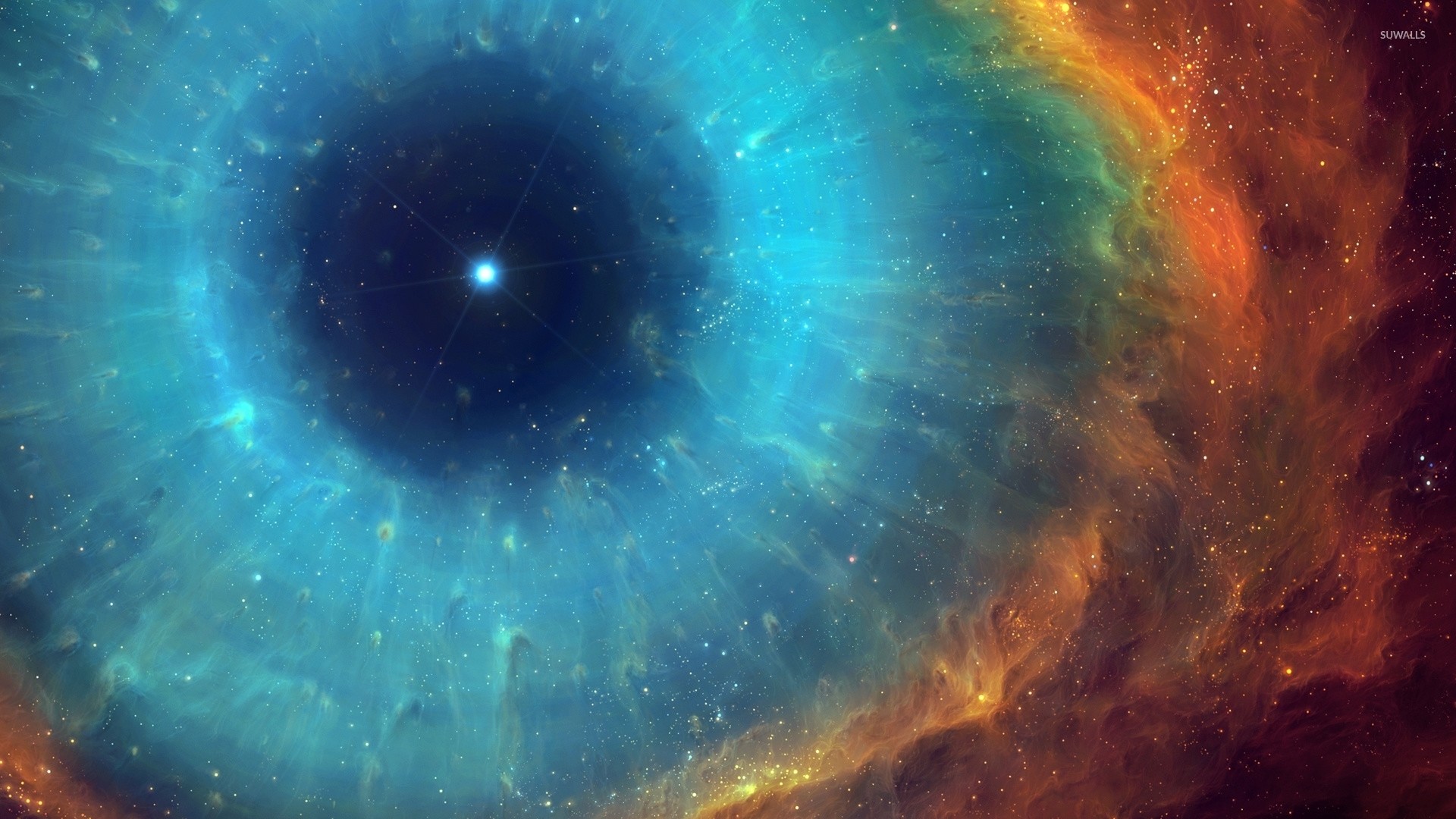NASA's Spitzer Space Telescope helped in capturing the stunning image
NASA has shared a breath taking image of a giant eye-shaped nebula that is one of the brightest and closest to Earth. The image, captured by the agency's Spitzer Space Telescope, showed a deep vacuum surrounded by a sparkling cloud of dust and gas. The dust and gas are spread over a two-light-year diameter around a central white dwarf. The dust makes this central part gleam with red shades. This astronomical formation is known as the Helix Nebula, It is located in the Aquarius constellation which is 700 light-years away from Earth.
When a star like the Sun runs out of fuel, it expands and its outer layers puff off, and then the core of the star shrinks. This phase is known as a "planetary nebula," said NASA. Scientists expect our Sun to experience this phase in about 5 billion years.
The agency said the star likely ejected the nebular material many thousands of years ago. The dust could be generated by collisions inside a reservoir of objects, like in our own solar system's Kuiper Belt or cometary Oort cloud. The Helix Nebula can be readily observed on a clear, moonless night with binoculars.
Instagram user commented that “It is so amazing,”. Referring to its appearance like a giant eye in space, another said, “The Helix Nebula was nicknamed the Eye of God or God's”. The nickname started appearing after NASA released an image of it taken by the Hubble Space Telescope in 2002. The infrared image taken by the Spitzer Space Telescope followed in 2007.
NASA has asked space enthusiasts to “keep an eye out” as it highlights some of the most favourite nebulae through this month on Instagram account.




The Brief. Sign up to receive the top stories you need to know right now.